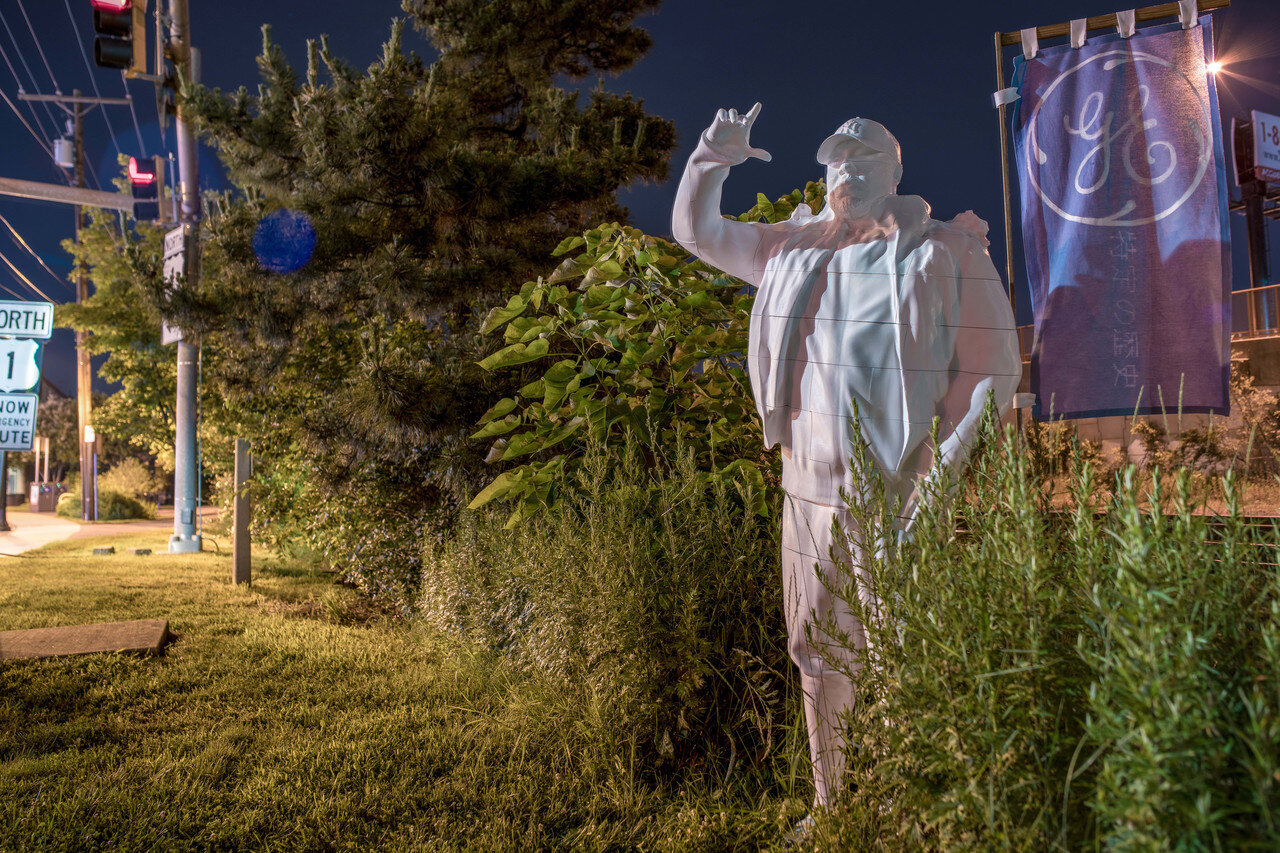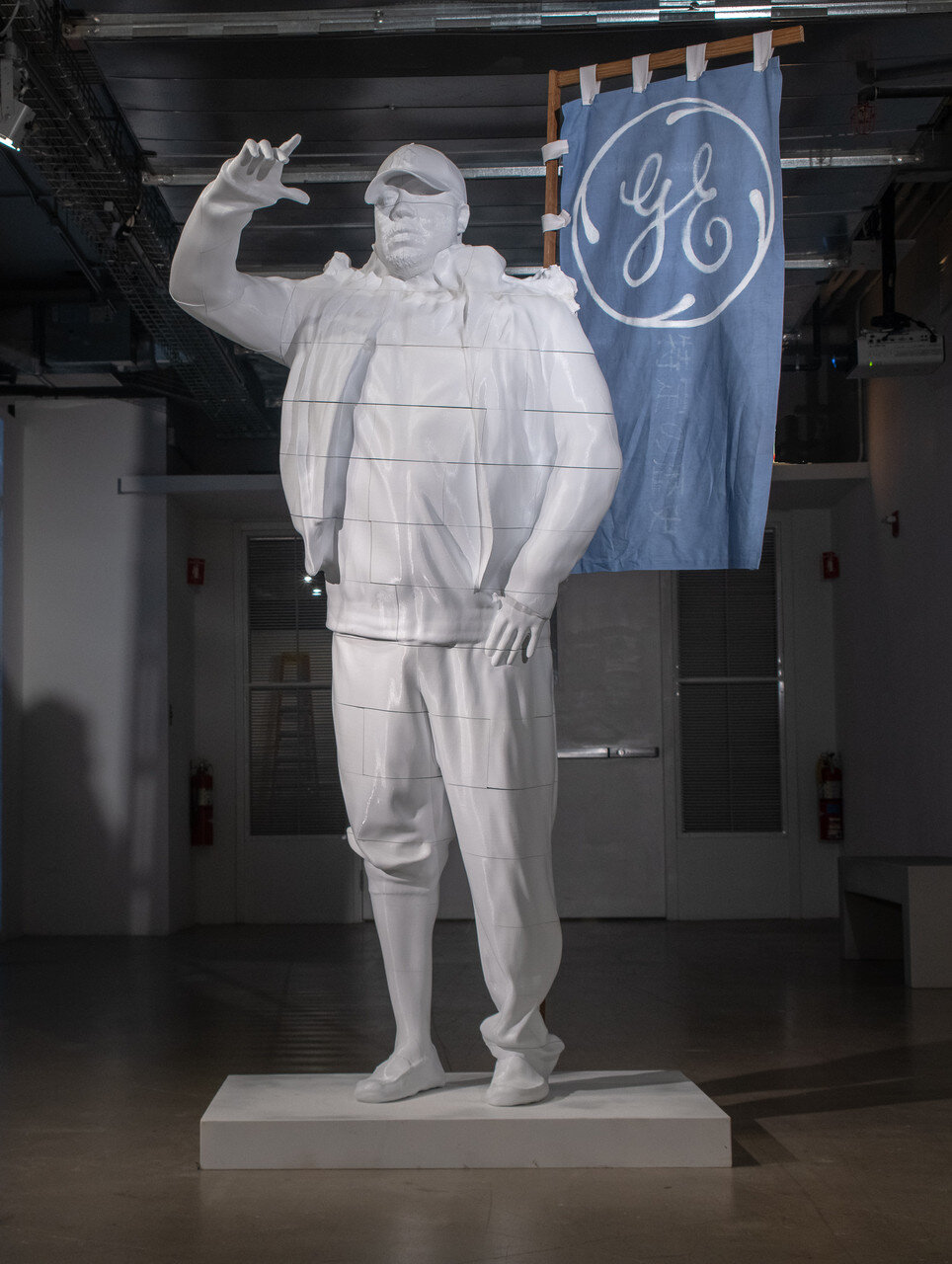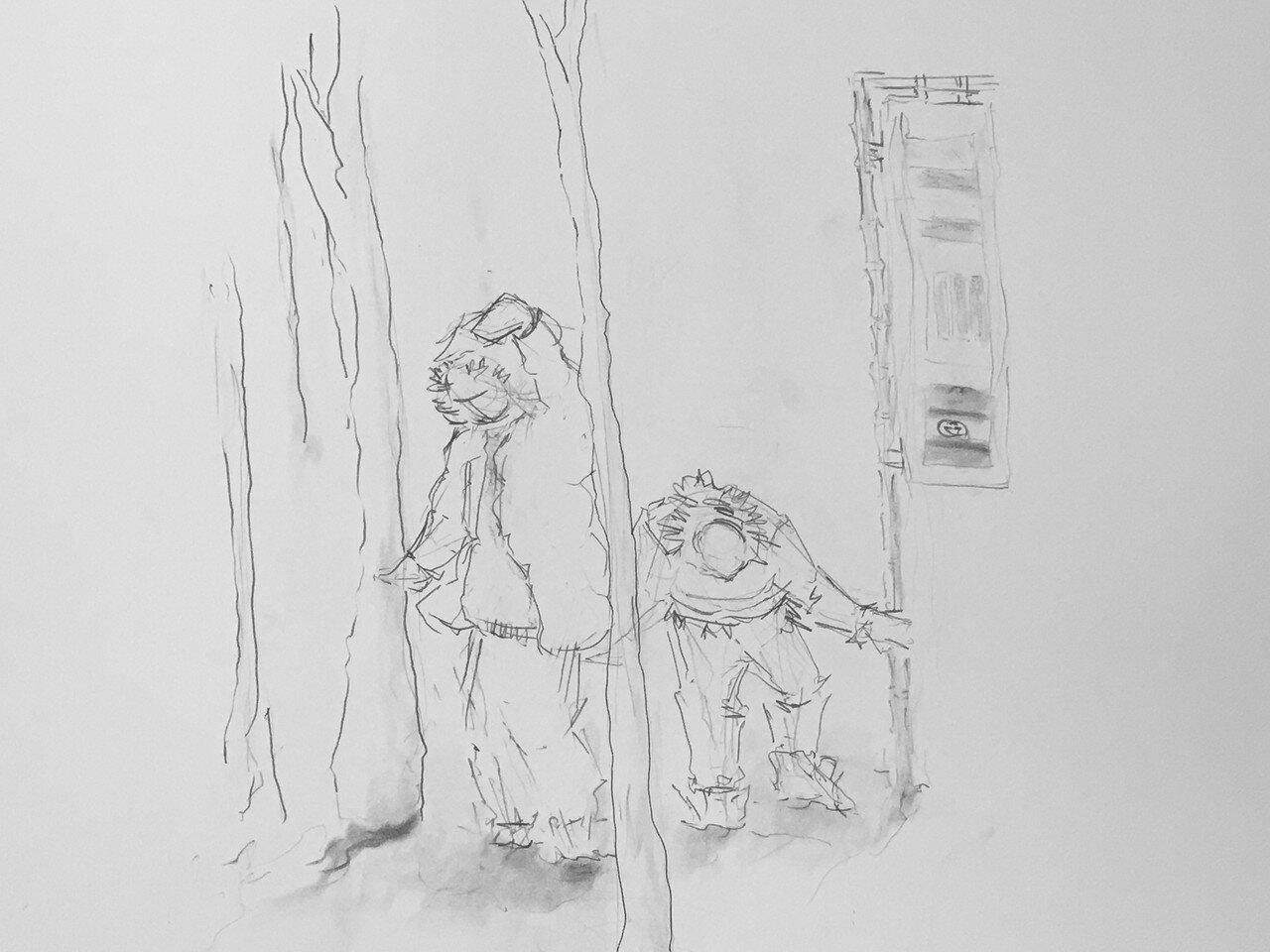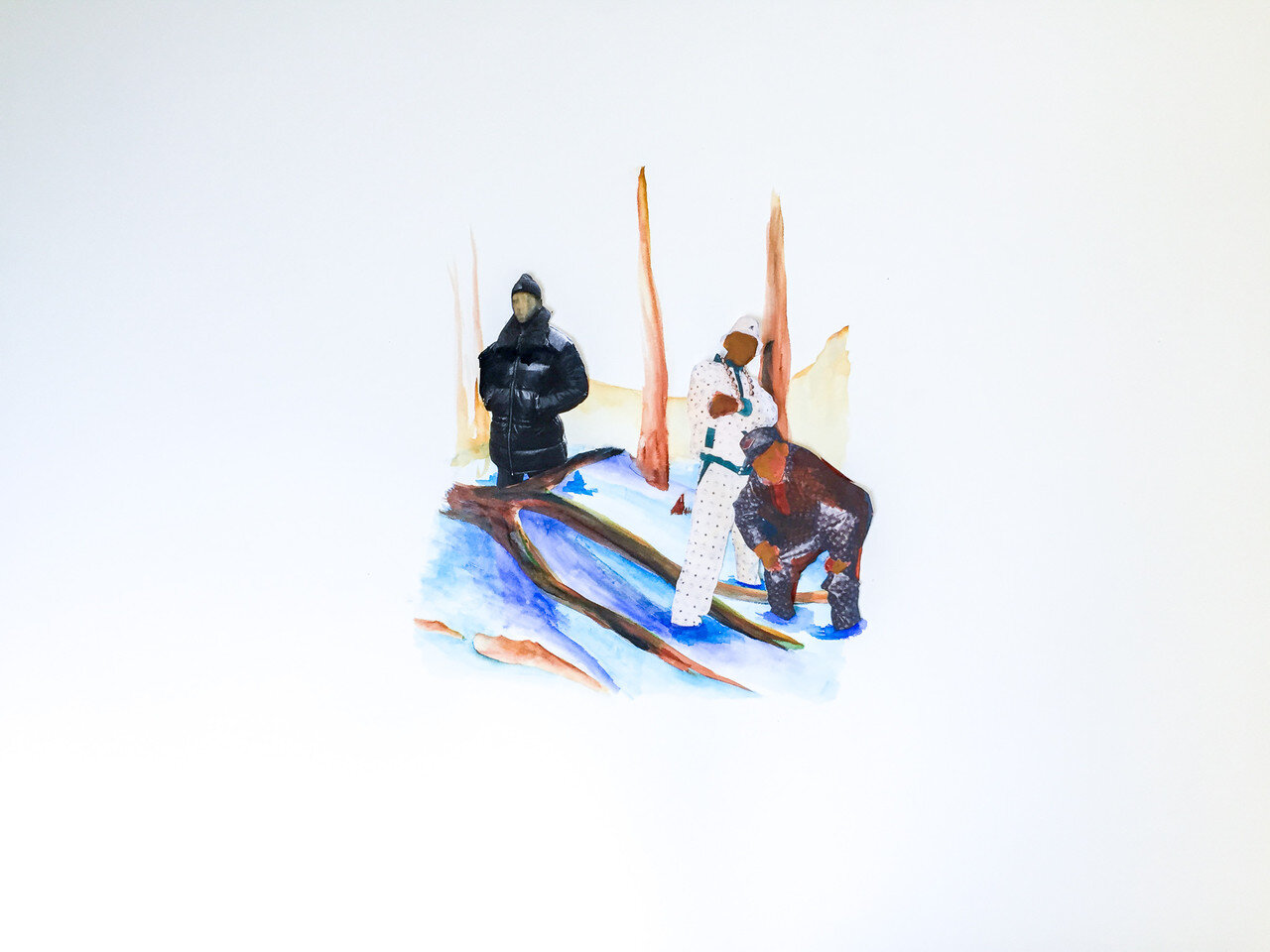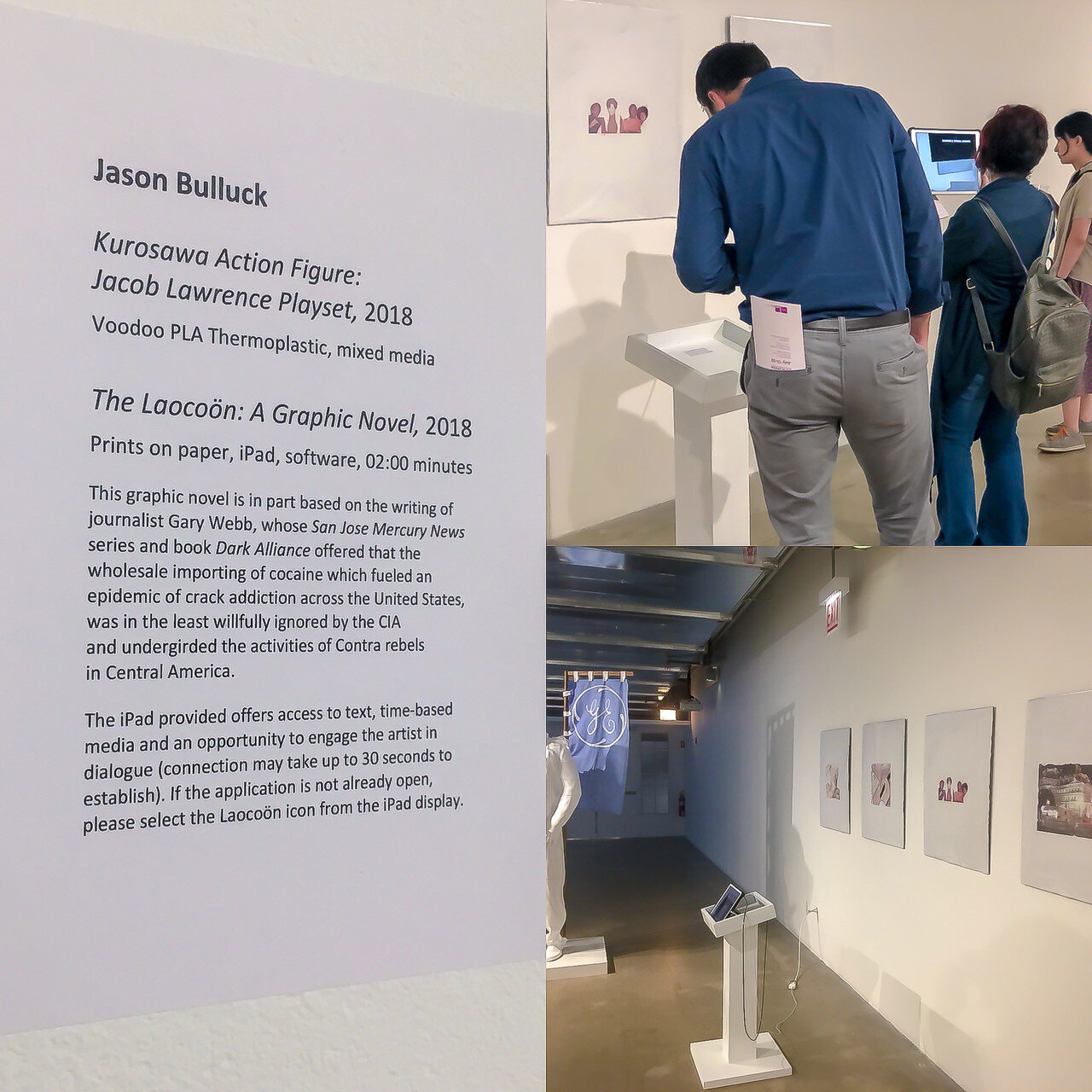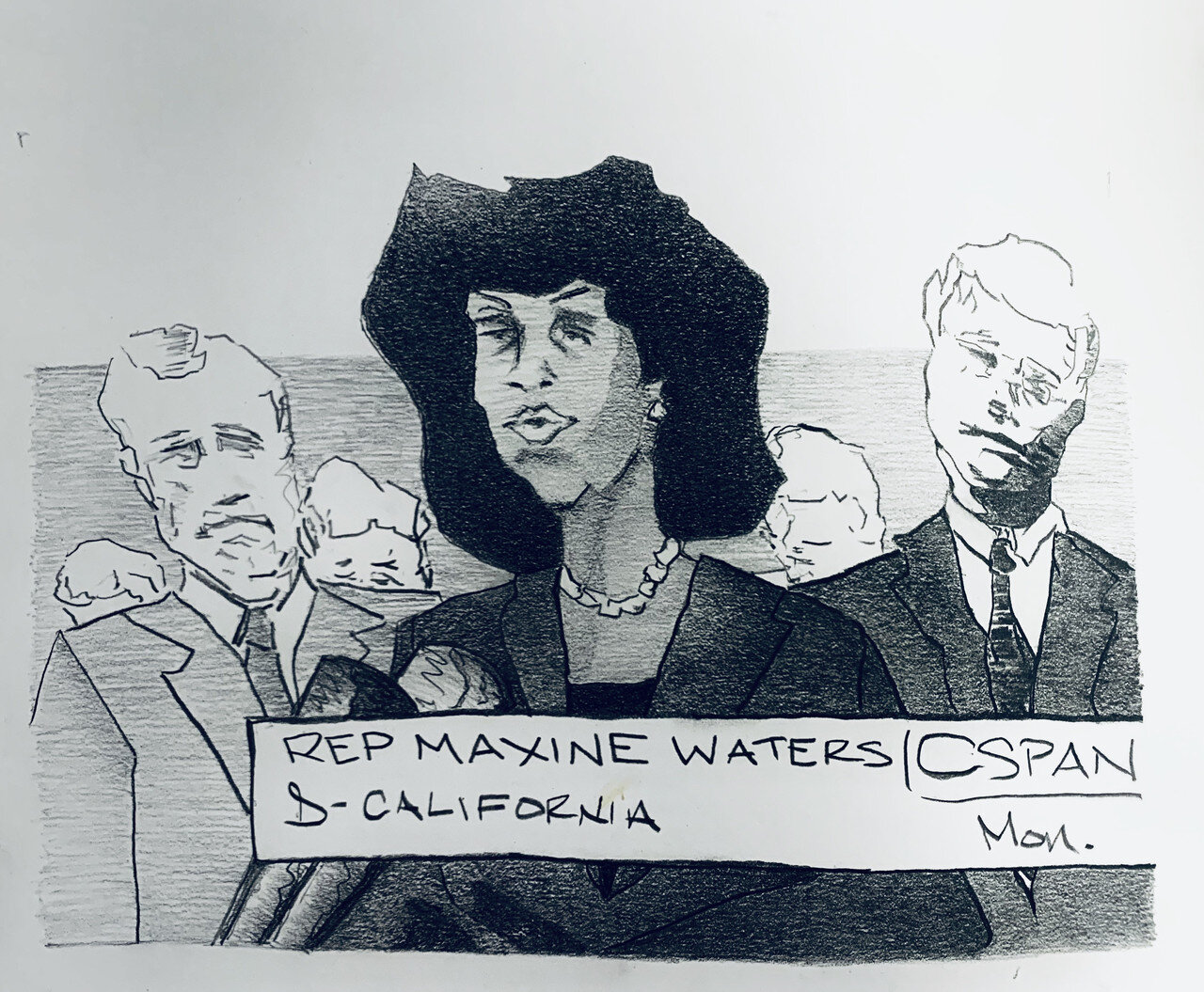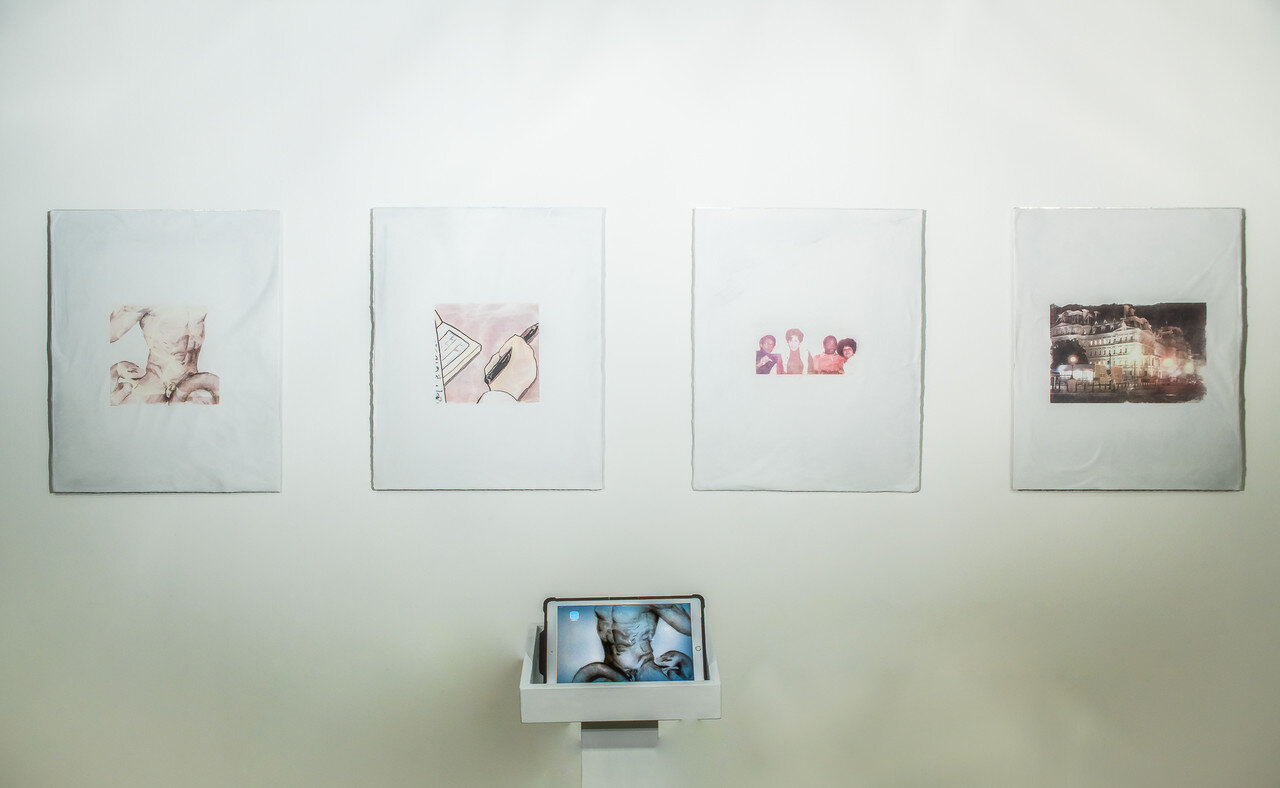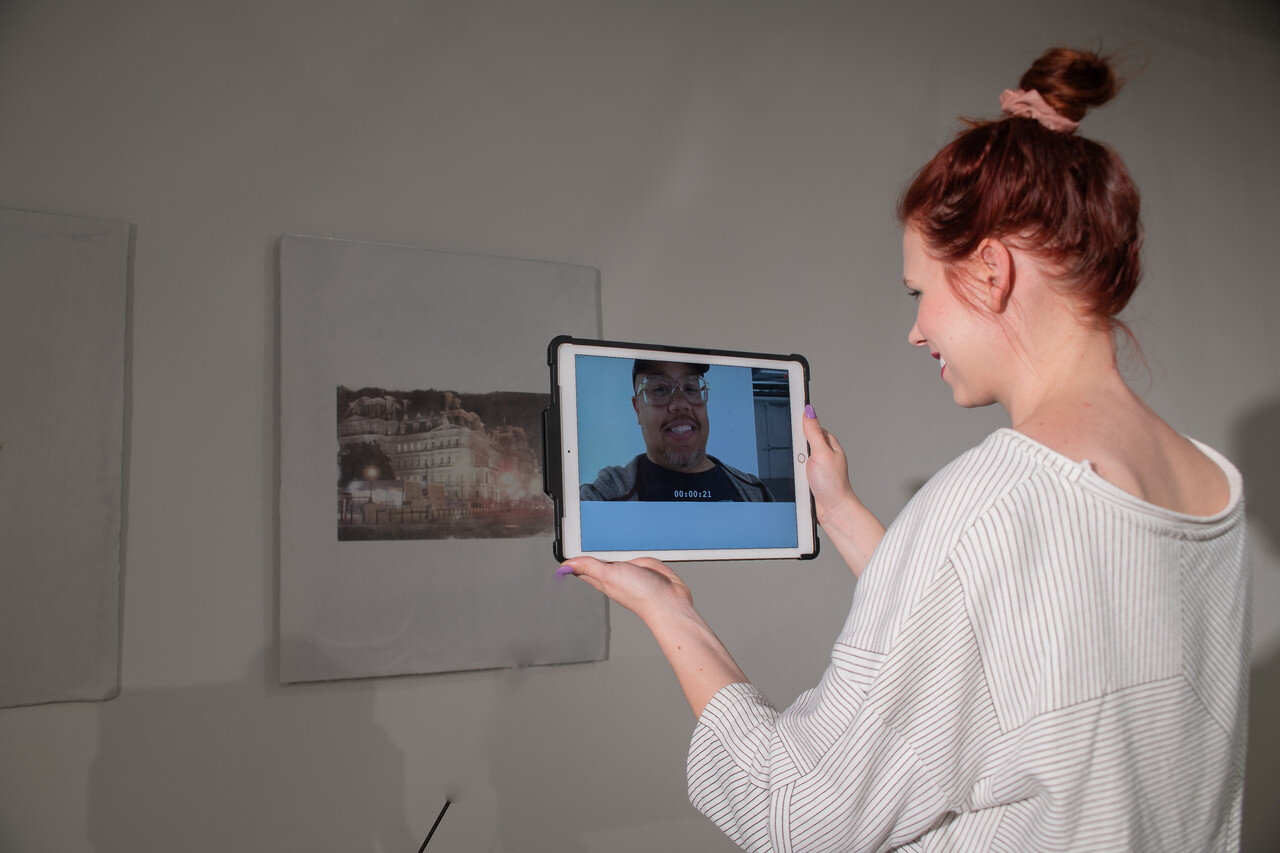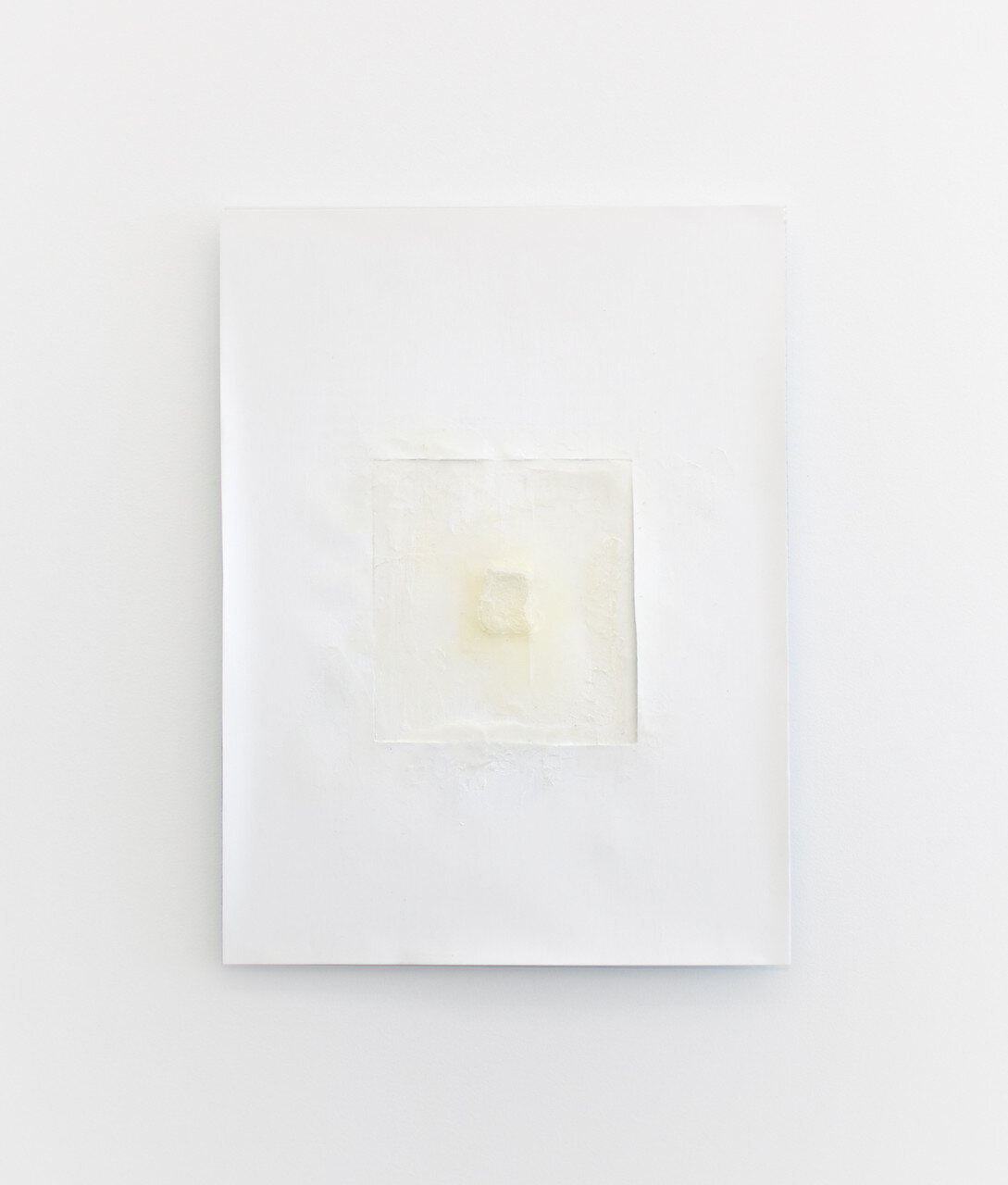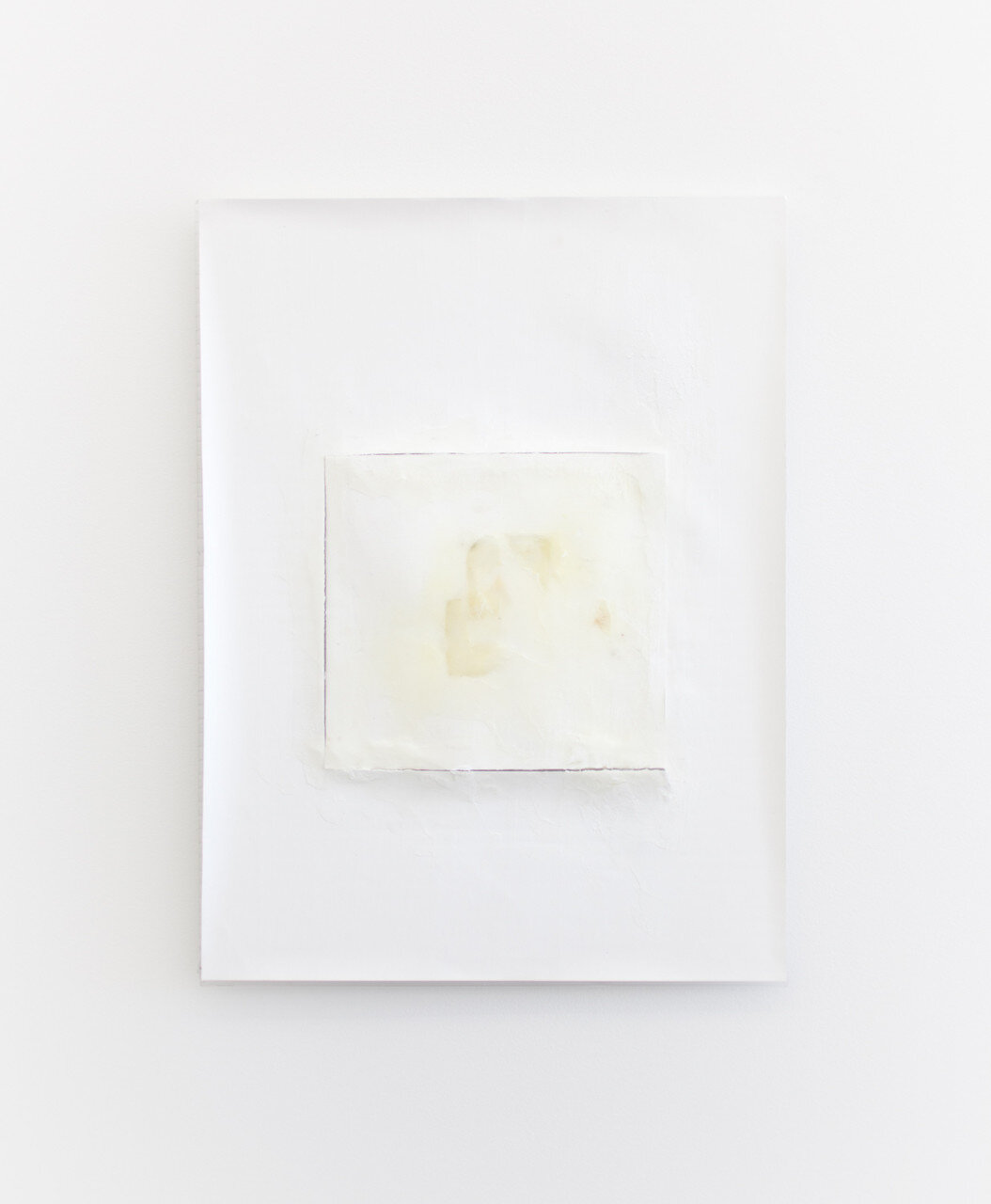Jason Bulluck (b. Chester, PA; lives and works in Washington, DC) is an artist, writer, and teacher living in Washington, DC and working in both DC and Chicago. His work draws largely on the possibilities emerging from discourse between non-Western and Western world-building narratives. Bulluck holds an Masters of Fine Arts from School of the Art Institute of Chicago (2018), a Masters in Education from George Washington University (2010) and a Bachelors in Fine Arts from Howard University (2005). Bulluck has exhibited his work nationally at galleries including, Take Care Gallery in Los Angeles, CA, Sullivan Galleries in Chicago, Il and Conner Contemporary in Washington, DC.
Artist statement
I have situated my practice within discourses of critical geography, critical race studies, and Buddhist dialectics.
My work is grounded in early Indian, Mahayana and especially, Chan/Zen Buddhist psychology, epistemology, ontology as well as personal histories and those of the Americas and Africa. I am concerned with the provocations of black cultural theorists and the liberatory possibilities posed by engaging the work of a range of black radical thinkers, Saidiya Hartman and Frank Wilderson, and that of Fred Moten and Hortense Spillers. I suspect that an end to anti-blackness can mean an end to much of human oppression. And I am further devoted to the range of interventions that might emerge from an even rounder dialogue. I have engaged esoteric Mahayana Buddhism in search of expedient means to deploy in a dialectic between epistemes West, Buddhist and otherwise subaltern. I suspect the possibilities of epistemic and ontological harmonies in the offing of considering the critiques of post-Marxists, critical geographers, and black radical theorists vis-a-vis an engaged and critical Buddhism.
My recent work involved the production of a series of Mahayana analog relational databases that encourage meetings of disparate philosophical traditions through material encounters with a range of objects. These are often minimalist objects that make formal gestures to be touched and considered as emerging in real-time as work made in concert with the artist, material, space, etc. The relational database has made so much of the world we now recognize possible, and while it, and more powerful database designs, pose great risks to liberatory projects, the relational database itself works well as a performative allegory representing the notion that what seems discrete in fact exists in relation to all other things.
This performative allegory offered by making objects, installations or performances help to make the consideration of some Buddhist tenets, such as interdependent origination and emptiness, perhaps more ontologically legible. I have been experimenting further with more complex databases that might offer opportunities to consider Buddhist thought in the context of material geographies and analyses of anti-black structures and histories.


